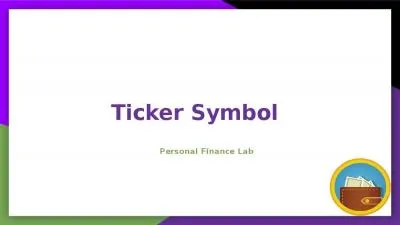PPT-Ticker Symbols and Stock Quotes
Author : alexa-scheidler | Published Date : 2018-12-13
Mr I Ticker Symbols To buy or trade a stock a person must know the ticker symbol for the stock mutual fund or ETF Stocks listed on the NYSE typically have 1 to
Presentation Embed Code
Download Presentation
Download Presentation The PPT/PDF document "Ticker Symbols and Stock Quotes" is the property of its rightful owner. Permission is granted to download and print the materials on this website for personal, non-commercial use only, and to display it on your personal computer provided you do not modify the materials and that you retain all copyright notices contained in the materials. By downloading content from our website, you accept the terms of this agreement.
Ticker Symbols and Stock Quotes: Transcript
Download Rules Of Document
"Ticker Symbols and Stock Quotes"The content belongs to its owner. You may download and print it for personal use, without modification, and keep all copyright notices. By downloading, you agree to these terms.
Related Documents

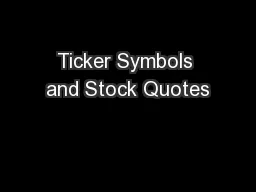


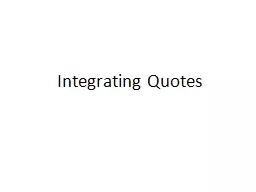
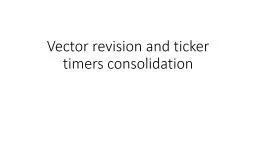
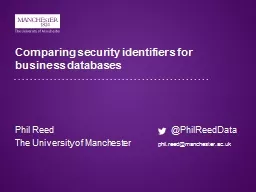


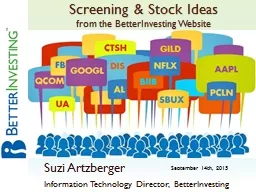


![[READ]-Motivational Quotes Coloring Book: Inspirational Quotes Coloring Book | Coloring](https://thumbs.docslides.com/979676/read-motivational-quotes-coloring-book-inspirational-quotes-coloring-book-coloring-book-for-adults-and-teens-with-quotes-motivational-quotes-for-good-vibes-positive-affirmations-stress-relief.jpg)
![[eBOOK]-Motivational Quotes Coloring Book: Inspirational Quotes Coloring Book | Coloring](https://thumbs.docslides.com/988811/ebook-motivational-quotes-coloring-book-inspirational-quotes-coloring-book-coloring-book-for-adults-and-teens-with-quotes-motivational-quotes-for-good-vibes-positive-affirmations-stress-relief.jpg)
